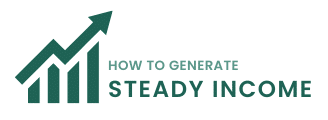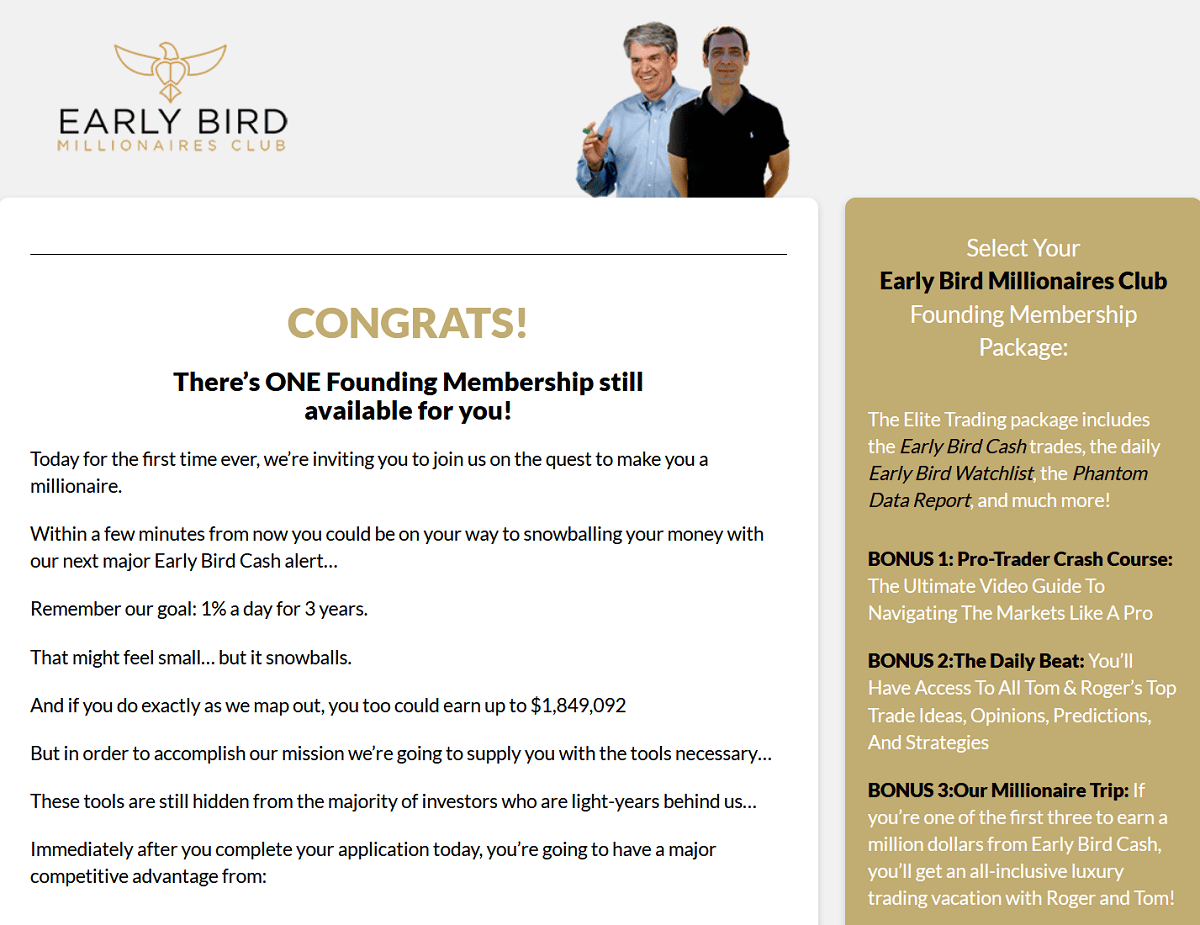Joel Litman “Uniform Accounting” is an approach that allows us to look inside any company and see financial realities that individual investors and Wall Street are missing.
By Joel Litman, editor, Altimetry’s High Alpha
Microsoft’s (MSFT) Outlook has been the industry standard for decades.
Many people also use the Microsoft product OneNote as a broad checklist and note-taking tool. It can be accessed and updated from anywhere, and it allows people to keep their lives and work schedules organized and in one place.
Microsoft’s suite includes spreadsheets (Excel), e-mail (Outlook), operating systems (Windows), and many more tools that industries default to.
Microsoft has even become involved in cloud computing with its Azure platform. Azure is considered the second-largest player in the space. This has helped diversify Microsoft’s revenue sources and made it harder to unseat.
Not to mention, the company is the owner of Xbox, one of the top-selling video-game consoles in the world. The Xbox One, Microsoft’s last-generation console, sold an estimated 51 million units worldwide.
One might think that Microsoft’s industry-leading capabilities would mean high returns. However, looking at as-reported metrics, it appears this isn’t the case…
Microsoft’s as-reported return on assets (“ROA”) was 11% in 2020. Additionally, this metric hasn’t eclipsed 20% since before the Great Recession.

Microsoft appears unable to convert its innovation and industry-leading position into high returns. While offering a wide breadth of products, its profitability is in line with corporate averages.
But this picture of Microsoft’s performance isn’t accurate…
Due to distortions in as-reported accounting – such as the treatment of goodwill – Wall Street has missed the mark on Microsoft’s profitability.
This type of problem is why my team and I developed “Uniform Accounting.” It’s an approach that allows us to look inside any company… and see financial realities that individual investors and Wall Street are missing.
In this case, Microsoft’s Uniform ROA has been nearly double the as-reported metric since 2005. In 2020, it boasted a Uniform ROA of 33%.
The company has been able to convert its market-leading products into robust returns – its Uniform ROA hasn’t fallen below 25% in any of the past 15 years.

Microsoft’s products have become essential to workers and have seen consistent demand… But standard accounting metrics would have investors believe that the company has average profitability instead of robust returns.
Thanks to its dominant position, Microsoft should be able to continue to maintain these results and drive above-average returns.
Editor’s note: Microsoft has been one beneficiary of what Joel calls the “At-Home Revolution.” He says it’s changing the way we work, play, supply, and protect our homes… And he has identified nearly a dozen companies that stand to be the biggest winners from this emerging megatrend. Now, he has prepared a video presentation in which he reveals his favorite stock for the At-Home Revolution.
































